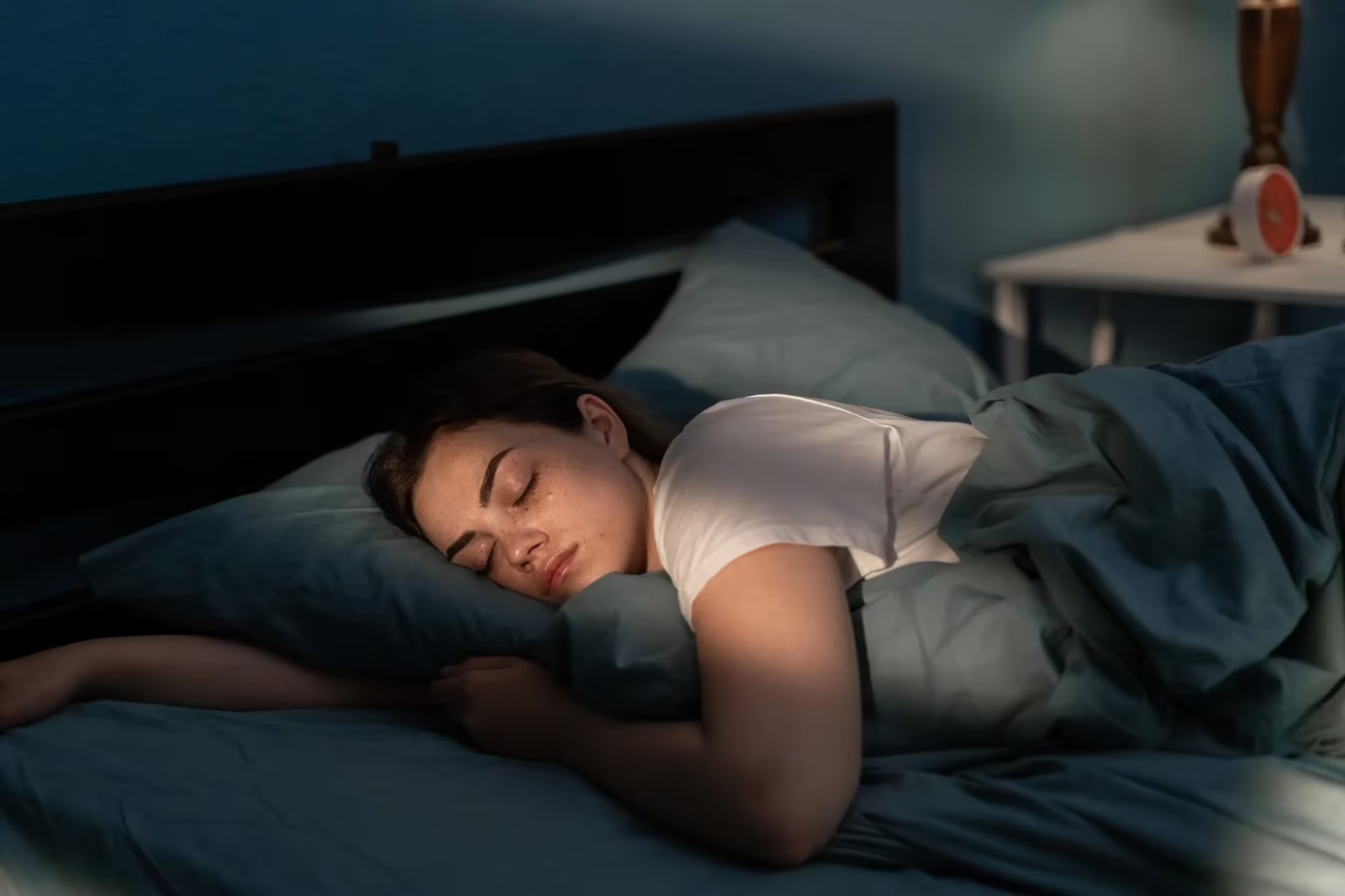How you sleep doesn’t just affect your comfort—it profoundly shapes your spinal health long term. While a cozy bed or favorite pillow might seem like the most important ingredients for a good night’s rest, the real foundation is body position. Of all sleep habits, one is most silently destructive: sleeping on your stomach.
Why Stomach Sleeping Is So Harmful
Flattened Curves and Spinal Stress
Your spine has natural curves that maintain balance and shock absorption. When you sleep on your stomach, the mattress forces your back into an unnaturally flat position. This strains the lower (lumbar) spine and the supporting muscles, often resulting in pain, muscle tightness, and even “crimped” nerve roots by morning.
- Lower back: Stomach sleeping pulls the pelvis downward, arching the lower back and straining lumbar discs and joints.
- Neck: To breathe, your head must turn to one side, twisting the cervical spine up to 90 degrees, often for 6–8 hours.
- Nerves: The combination of neck rotation and spinal flattening compresses nerves, causing tingling, numbness, or even hand and arm weakness upon waking.
Long-Term Risks: More Than Just Morning Discomfort
- Chronic pain: Over time, stomach sleeping is linked to persistent low back pain, neck pain, and headaches.
- Reduced flexibility and disc health: Prolonged flattening wears down the shock-absorbing discs between spinal bones, increasing degeneration risk.
- Neck arthritis: Repetitive neck twisting can contribute to early arthritic changes and “frozen” range of motion.
Even if you don’t feel pain every morning now, years of poor alignment can set the stage for future issues.
Other Sneaky Spine-Ruining Sleep Habits
- Twisting at the waist or keeping one leg tucked: This torques the lumbar spine and pelvis, contributing to muscle imbalances.
- Stacked pillows or overly soft beds: A pillow that’s too high (or too many) props the neck at an unnatural upward angle, increasing cervical pain.
- Curled “fetal” position with chin tucked too tightly: Although side sleeping can be healthy, excessive curling compresses spinal discs and limits free breathing.
Best Sleeping Positions for a Healthy Spine
1. On Your Back
- Neutral alignment: Keeps the spine’s curves in balance, reduces pressure on joints, and allows muscles to fully relax.
- Support tip: Place a pillow under your knees to relieve pressure and help maintain your natural lumbar curve.
- Ideal for: Most adults, especially those with chronic back or neck pain.
2. On Your Side (With a Pillow Between Knees)
- Spine in line: Keeps head, neck, and pelvis aligned. Knees slightly bent rather than tightly curled.
- Support tip: A pillow between the knees prevents your upper leg from pulling the pelvis and lower spine out of position.
- Great for: Sciatica, herniated discs, pregnancy, or anyone unable to sleep comfortably on their back.
3. Modified Fetal Position
- Gently curled, not tight: Head in line with spine, chin untucked, and knees not drawn up excessively.
- Support tip: Use a supportive, moderately thick pillow to keep your head from tilting up or down.
How to Stop Sleeping on Your Stomach (and Improve Spine Health)
- Use a body pillow: Hugging a large pillow at your side can “block” you from rolling onto your stomach.
- Modify slowly: Start by rolling from your stomach to your side as soon as you wake up, or even halfway through the night. Over time, your body will learn new habits.
- Pillows for transition: If you must sleep on your stomach, use a flat or no head pillow to minimize the upward neck crimp, and add a pillow under your pelvis to reduce lumbar arching.
- Bed selection matters: A medium-firm mattress supports neutral posture for both side and back sleepers, preventing sagging and spinal distortion.
- Strengthen your core: Core exercises can make good posture feel more natural, even during sleep.
Warning Signs Your Sleep Position Is Hurting You
- Frequent neck or back pain on waking
- Numbness, tingling, or “pins and needles” in arms or hands
- Needing to stretch or “crack” your back every morning
- Headaches or shoulder stiffness, especially after restless nights
- Pain resolves after a few hours upright, but returns each night
If these symptoms persist for weeks, or are worsening, consult a spine specialist or physical therapist for targeted advice.
Can Kids Sleep on Their Stomach?
While some children naturally end up on their stomachs, it’s especially discouraged for infants (to reduce SIDS risk), and school-aged kids are better off learning side or back sleeping habits early to prevent future posture problems.
Conclusion
Stomach sleeping might feel cozy, but it’s one of the most destructive positions for your spinal health. Night after night, the subtle stress to your neck, back, and nerves adds up—fueling pain and setting you up for future injuries. To protect your spine, transition to back or supported side sleeping, aim for neutral alignment, and use supportive pillows and mattresses. If you wake stiff and aching, your sleep position is likely the secret culprit—and the easiest thing to fix for long-term relief.
References / Sources
- Southeast Texas Spine Institute – Is Your Sleeping Position Harming Your Spine?: https://www.southeasttexasspine.com/blog/is-your-sleeping-position-harming-your-spine
- Coastal Orthopedics – How Sleep Position Affects Your Spine: https://www.coastalorthoteam.com/blog/how-sleep-position-affects-your-spine
- HCAH – Best and Worst Sleeping Positions for a Healthy Spine: https://www.hcah.in/blog/best-and-worst-sleeping-positions-for-a-healthy-spine/
- German Ten Hospitals – Stop Neck Pain: Best & Worst Sleeping Positions: https://www.germantenhospitals.com/blog/waking-up-with-a-stiff-neck-the-best-sleeping-positions-for-spine
- Anssi Wellness – Sleeping Positions to Avoid in Spondylosis: https://www.anssiwellness.com/is-your-sleep-position-making-spondylosis-worse-best-sleeping-tips/
- Mayo Clinic – Sleeping positions that reduce back pain: https://www.mayoclinic.org/diseases-conditions/back-pain/in-depth/sleeping-positions/art-20546852













Leave a comment